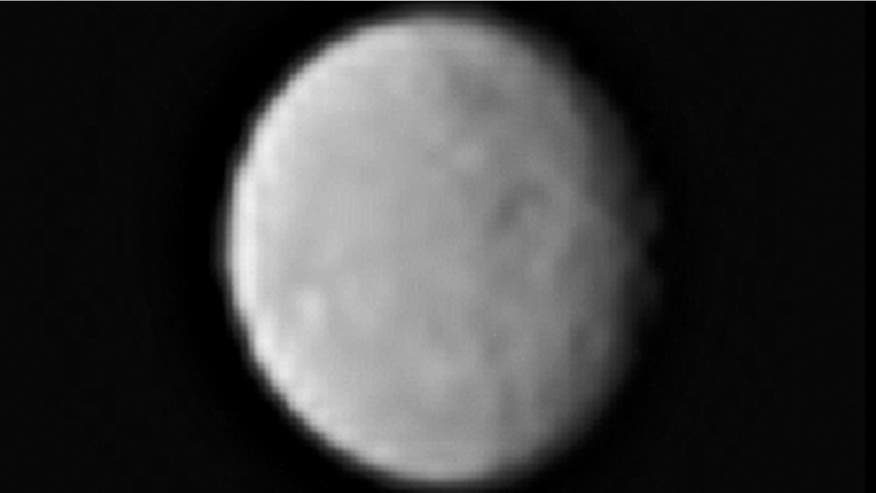Ceres was the first asteroid discovered in the Asteroid Belt on 1 January 1801 by Giuseppe Piazzi. When he first discovered it, he thought it was a planet, as it was a common belief at the time that there might be a planet between Mars and Jupiter because of the large gap between the two planets.
Because there was not enough information to determine the orbit of Ceres, it wasn't confirmed to exist until December of 1801. After close observation of Ceres, it was determined that it was not a planet, but something new. It was then that William Herschel coined the term "asteroid" as the object had a star-like appearance so was difficult to distinguish from the background stars. However, after observing Ceres and other asteroids over the course of days and weeks, it was apparent that asteroids move faster in the sky than the stars since they are much closer to Earth.
Ceres is small compared to the planets and many satellites, but it is the largest object in the Asteroid Belt by a wide margin.
- It has a diameter of about 950 km or the size of Texas
- It's mass is 9.47x10²° kg, or about 0.00016% of the Earth. Despite its mass, Ceres contains 25% of all the mass in the Asteroid Belt
- It has a semi-major axis (orbital radius) of 2.76 AU
As shown in the opening picture, Ceres is relative spherical. Much like the planets, is an oblate spheroid with a wider diameter at the equator than the poles. This shows that it rotates on an axis uniformly. Other asteroids with irregular shapes kinda tumble and wobble in space as they rotate.
We've learned more about Ceres as telescopic observations became more sophisticated and advanced. Ceres does not fit into the three main types of asteroids mentioned in the
previous post. In fact, like planets, it is differentiated (layered) with a rocky core, an icy mantel, and an outer crust.
For the next two centuries, Ceres was still considered an asteroid as there was no other category of object it fit in. It's official designation was 1 Ceres as it was the first asteroid discovered and Ceres is its proper name. However, in 2006 when Pluto was demoted from planet status to minor planet, it was concluded that Ceres should be upgraded. Ceres is now officially considered a dwarf planet. It is too small to be a planet (and where the lower limit to be considered a planet is still murky) but too large and too regularly shaped to be an asteroid.
One final weird thing discovered on Ceres is that it is slightly active. An object as small as Ceres should not have any sort of eruptions going on, but in January of 2014, the Herschel Space Telescope discovered water vapor plumes emitted from the surface. We will learn more about Ceres in the coming years when the space probe
Dawn arrives at Ceres and begins its exploration. Ceres is also the third most likely spot for crewed missions to visit after the Moon and Mars.


